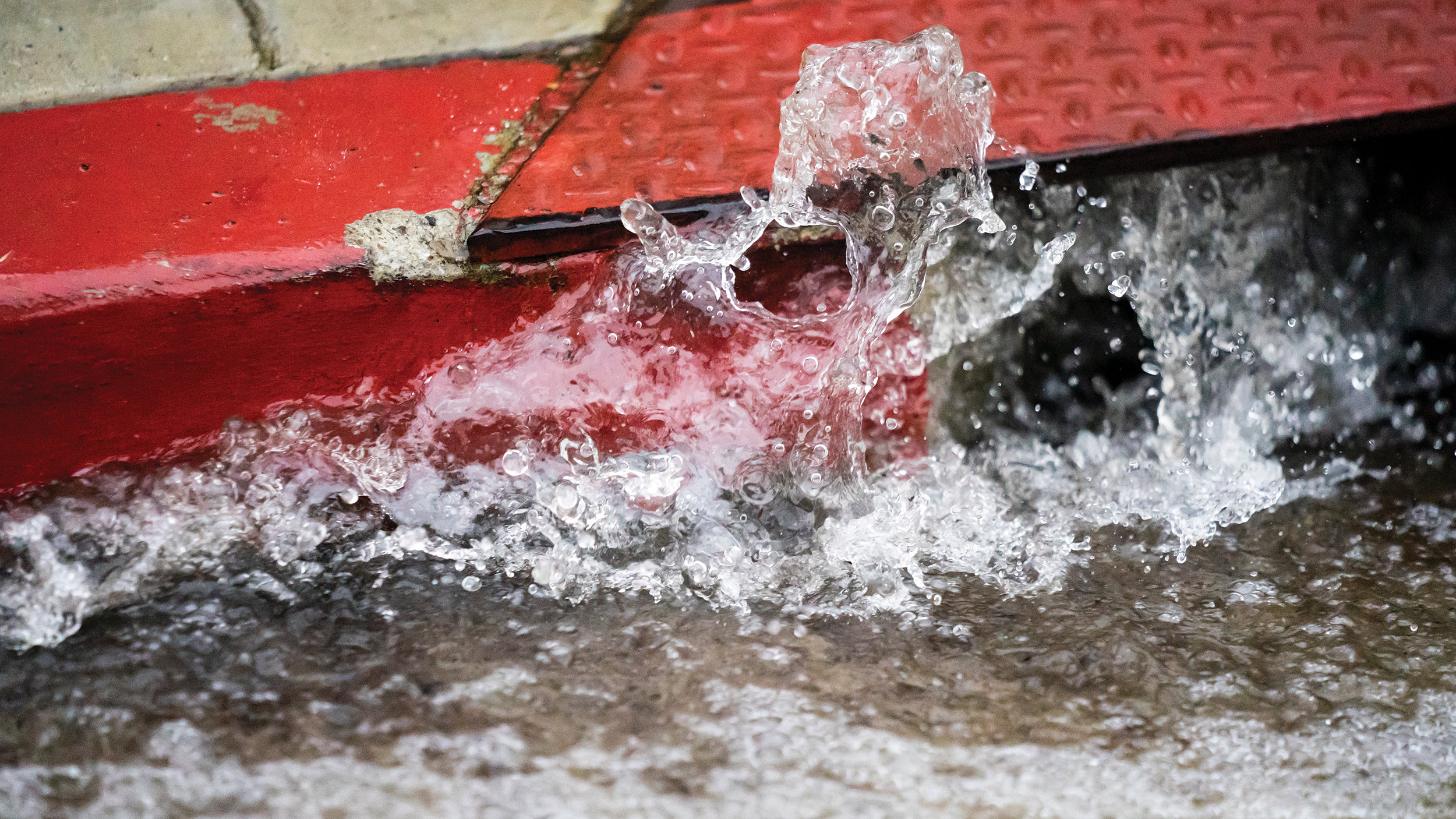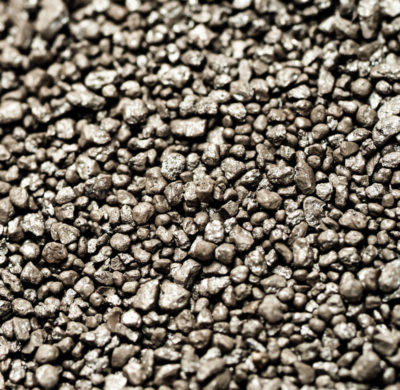
Super sand
As regions like California face more extreme weather patterns and unpredictable water supplies, cities are looking to save some rain for a sunny day. Stormwater, an abundant but underused water source, could serve as an inexpensive, local supply during the dry season. But this resource has gone mostly untapped because stormwater picks up toxic chemicals as it runs through streets and gutters.

Coated sand can remove two major classes of contaminants that threaten groundwater quality during stormwater infiltration. (Photos by Adam Lau)
Now, Berkeley engineers have developed a mineral-coated sand that can soak up toxic metals like lead and cadmium from water, cleaning up the stormwater as it replenishes aquifers. Researchers had known that the naturally occurring minerals they coated onto sand could react with organic contaminants like pesticides in stormwater. However, the ability of this coated sand to also remove harmful metals during filtration could unlock urban water supplies that had been written off.
“The pollutants that hold back the potential of this water source rarely come one at a time,” said Joe Charbonnet (M.S.’13, Ph.D.’18 CEE), who conducted this research as a graduate student. “It makes sense that we fight back with a treatment technology that has these impressive double abilities to take out both toxic metals and organics.”
To make the filtration media, the scientists coated sand particles with manganese oxide, a naturally occurring nontoxic mineral commonly found in soil. They estimate that this material could remove metals from stormwater for over a decade. It could be deployed in infiltration systems that convey runoff into underground aquifers.
Work has already begun to investigate how well this material performs in the field. Researchers have deployed test columns of the mineral-coated sands to treat stormwater at sites in Los Angeles and Sonoma, California.
